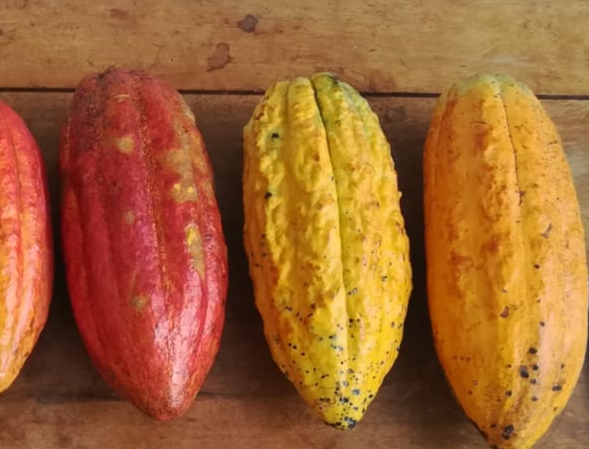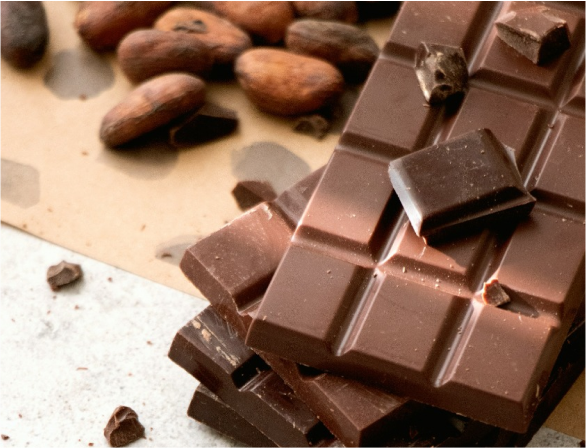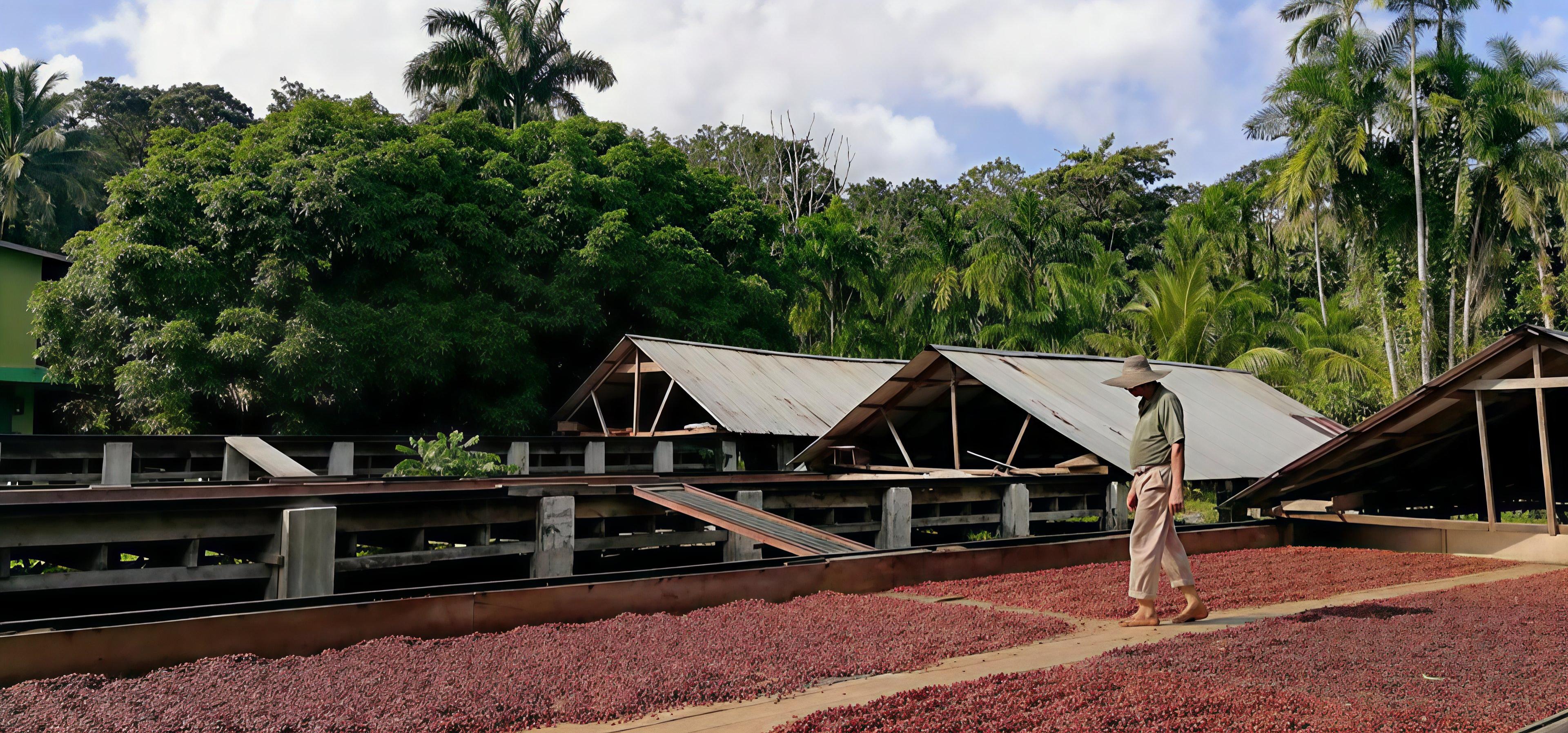
As a global leader in the conservation and characterisation of cocoa germplasm, CRC collaborates with international researchers in pathology, molecular diagnostics, and morphological characterisation.

OTHER AREAS INCLUDE:
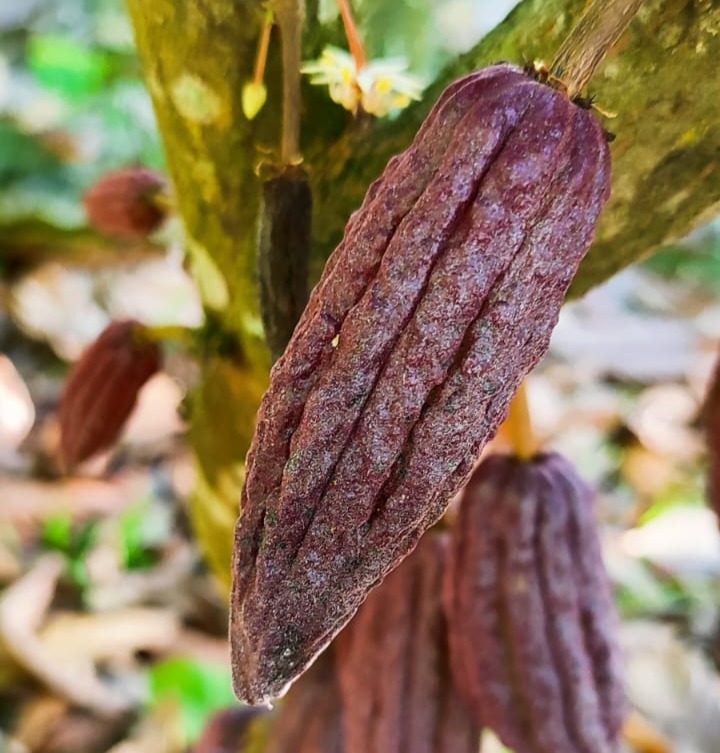
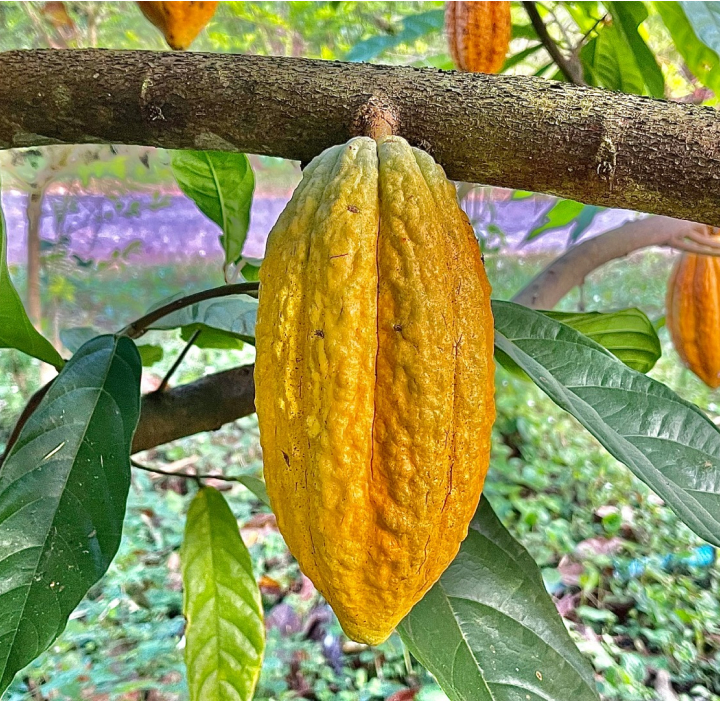
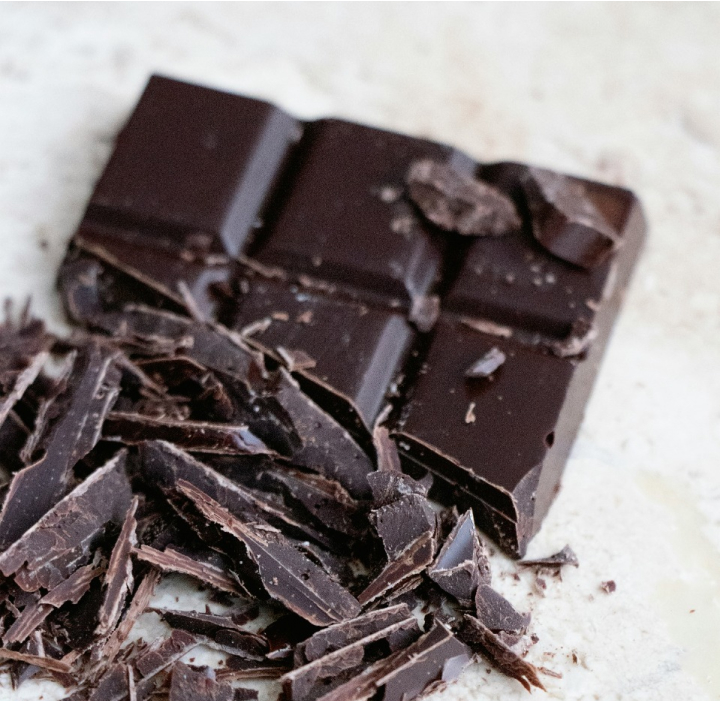
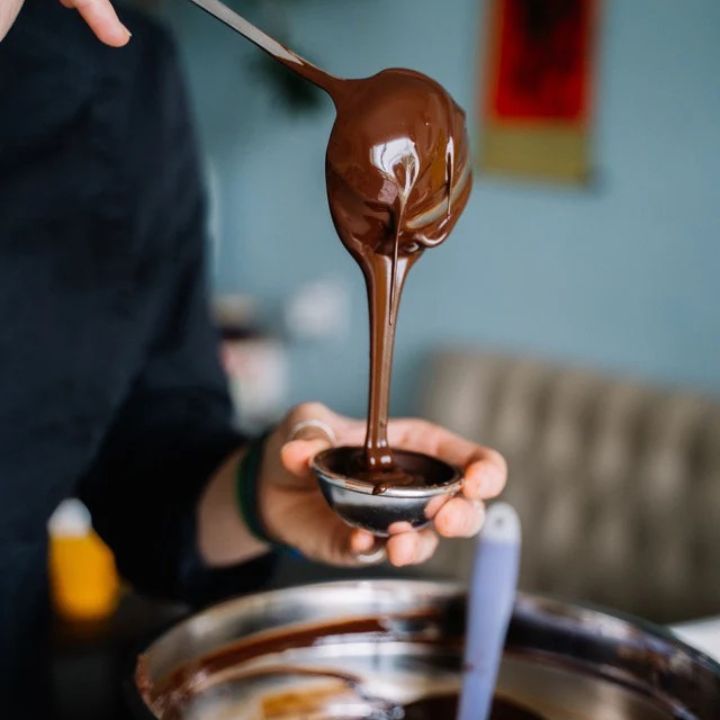
Explore our portfolio of stakeholders across the cocoa value chain
Trinidad and Tobago's high pedigree of cocoa beans
Highlighting CoEx/ICA wins and ICCO recognition
Its reputation has been cemented by the numerous awards the beans from various cocoa estates have been receiving, over the years, at the International Cocoa Awards (ICA) of the Cocoa of Excellence Programme (CoEx) at the Salon Du Chocolat in Paris.
Since the inception of the CoEx and ICA in 2008, Trinidad and Tobago has won eight (8) ICA’s with many samples also placing in the top 50 of this programme.
History of cocoa in Trinidad and Tobago (T&T)
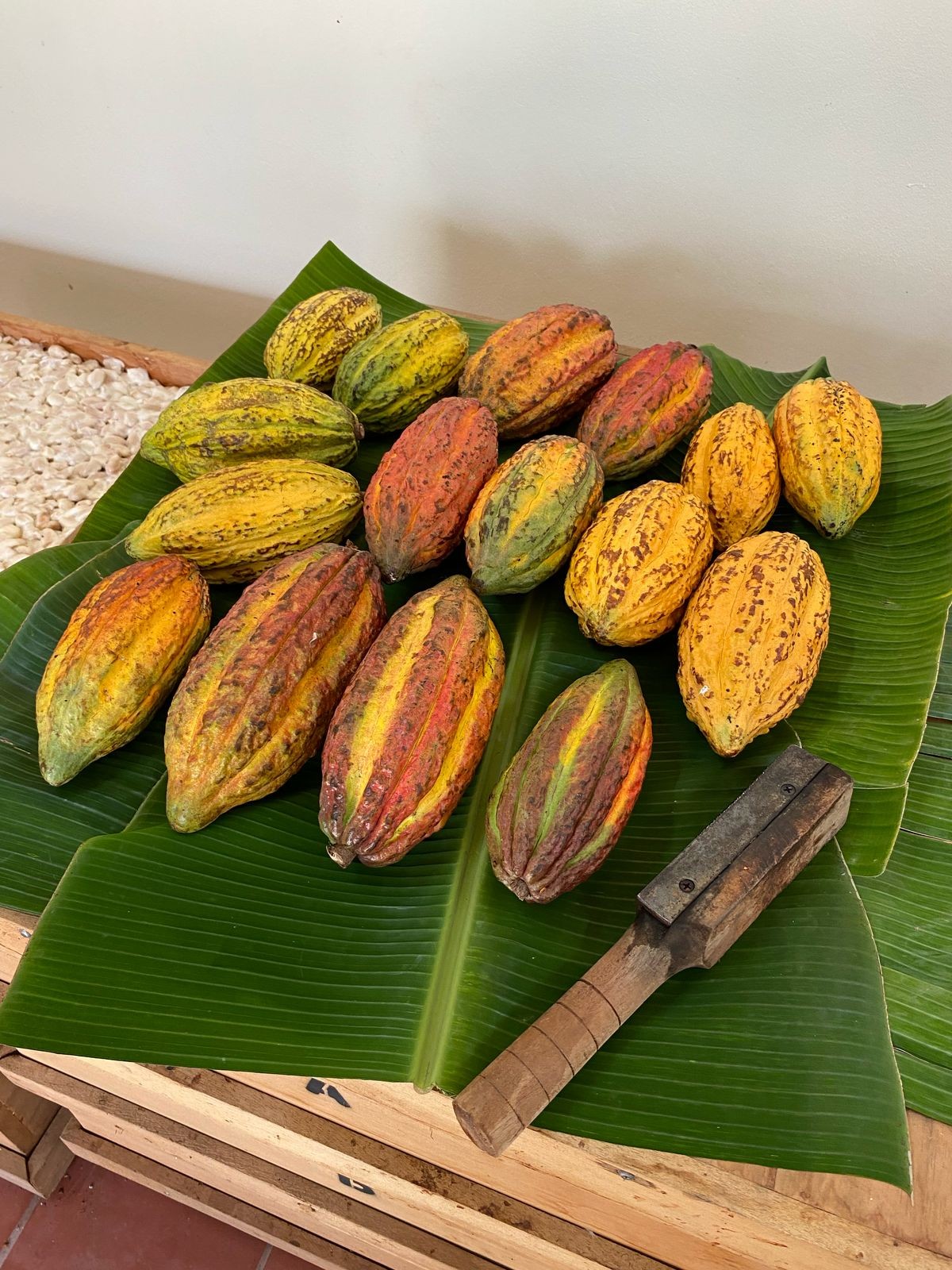
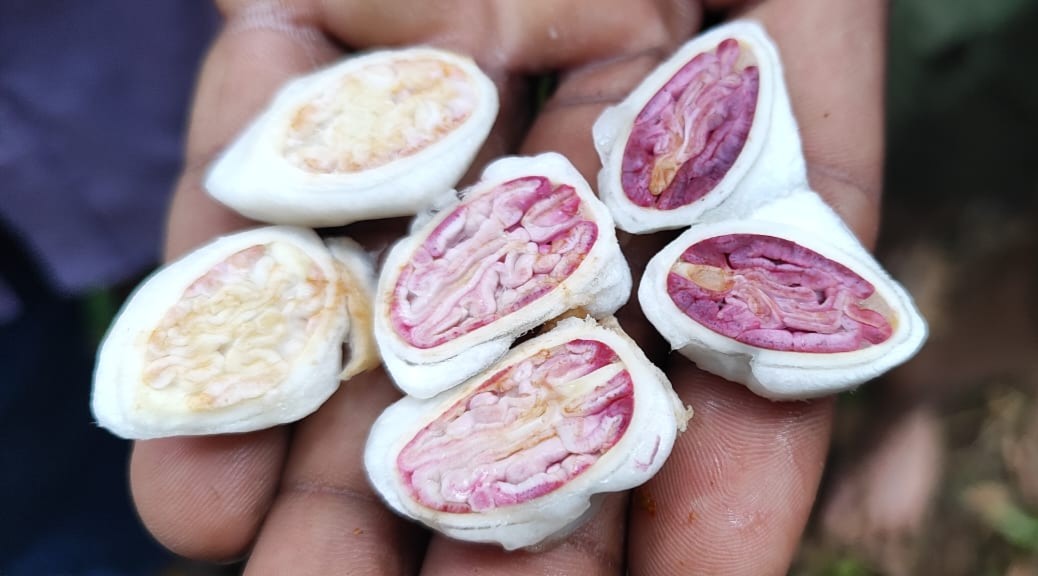
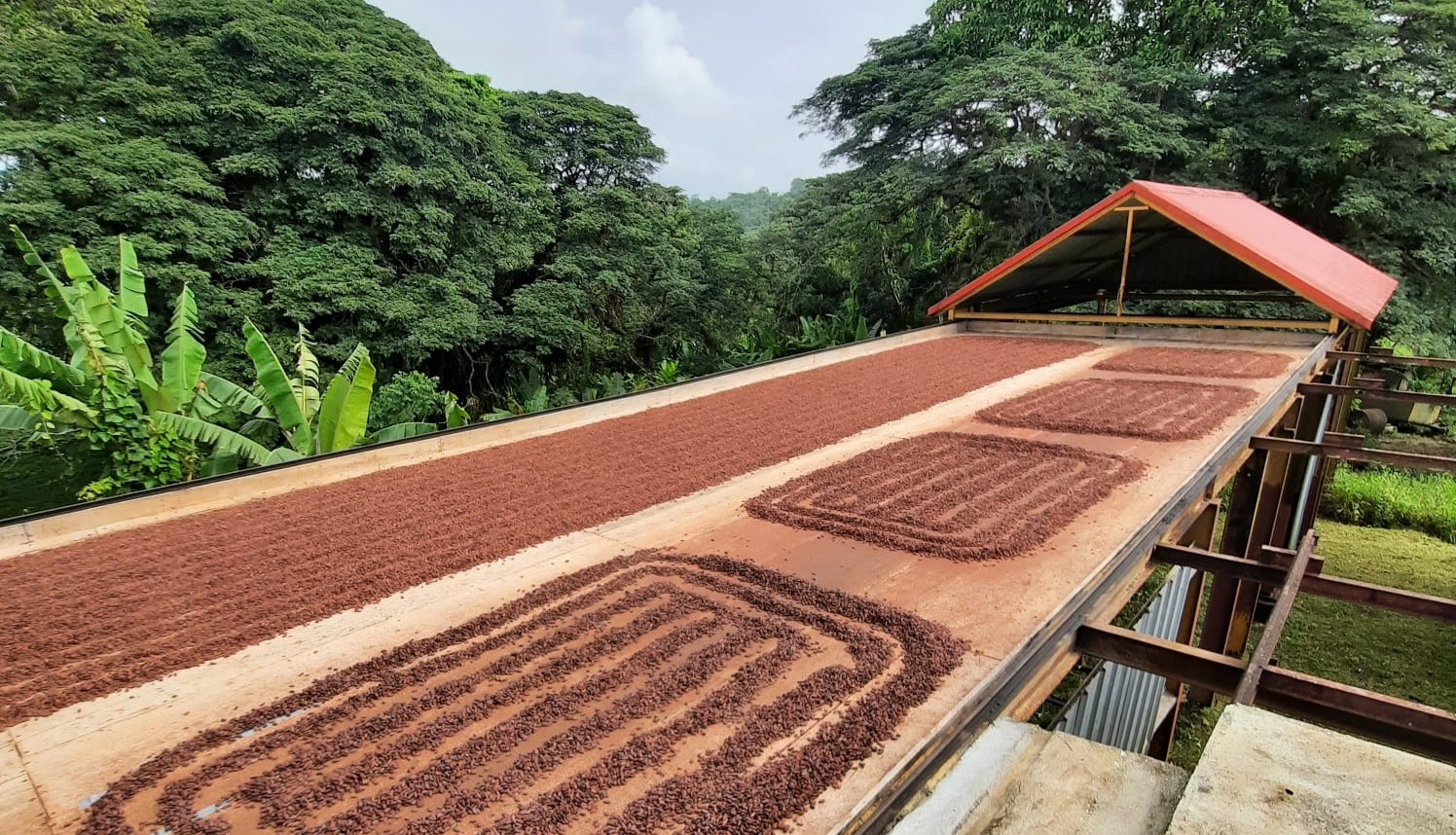
Sources: Bekele, Frances L. The History of Cocoa Production in Trinidad and Tobago.
Source: Cocoa Research Centre
Trinidad and Tobago is a place of cocoa superlatives that are inextricably woven into the history and culture of this twin island Republic.
It is the birthplace of Trinitario (which translates to “native of Trinidad”) and the early Imperial College Selections (ICS) varieties, the longest cocoa breeding programme that led to the Trinidad Selected Hybrid (TSH) varieties. And it is home to the Cocoa Research Centre of the University of the West Indies — the worlds’ oldest cocoa research facility and the custodian of the International Cocoa Genebank (ICGT) with over 2400 cocoa varieties.
Cocoa was introduced into Trinidad in 1525 by Spanish colonizers who planted the Criollo variety in Trinidad. Following a “blast” that almost wiped out the industry in 1727, Forastero types, typical of the Lower Amazon region, were introduced from Venezuela.
These freely interbred with the remnant Criollo population to create the Trinitario types. These spontaneous hybrids led to dramatic increases in production and contributed to Trinidad and Tobago becoming, in 1921, the third largest producer of cocoa in the world.
A few years later, the decrease in yield following the introduction of the Witches’ Broom Disease, the volatility created by a global production glut, and labour shortages precipitated by the discovery and rapid expansion of the petrochemical sector in Trinidad and Tobago, resulted in the decline of the cocoa industry.
Our Partners
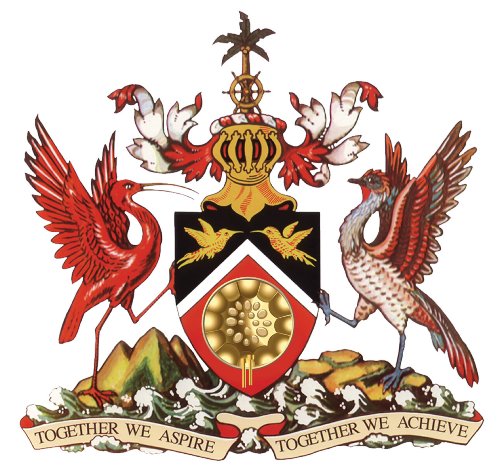
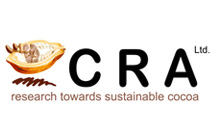
Contact us
- sta-crc@uwi.edu
- (868) 662-8788
- UWI St. Augustine Campus, St. Augustine, Trinidad and Tobago.
